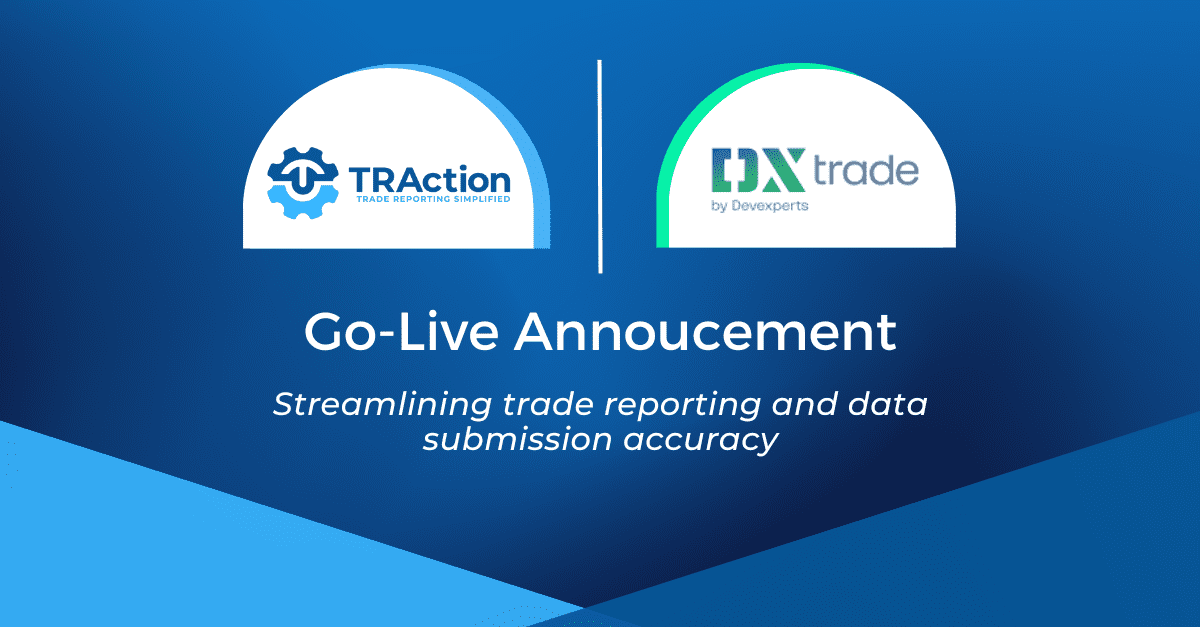The Unique Product Identifier (UPI) is a code used for OTC derivatives that are reported to a trade repository – their purpose is to help identify the relevant OTC derivative. UPIs are now required across EMIR, ASIC, and MAS, following the go-live of the UK and EU EMIR Refits, and the ASIC and MAS Rewrites.
Reporting entities are able to obtain a UPI by searching the web site of the solely designated UPI service provider (by Financial Stability Board) – ANNA DSB. ANNA DSB offers various user types at various price points, with access to different services and information.
At TRAction, we will retrieve or create UPIs for our clients where they do not already have them from their counterparty.
The UPI is issuer-agnostic; it is not attached to the generating entity, allowing that entity to obtain a previously issued UPI for its own reporting requirements.
There are few ways of extracting the UPIs in ANNA-DSB. This can be done through the following methods:
- Option 1 – by attributes with a drop-down menu of asset classes, instrument types, products and CFI codes.
- Option 2 – by using specific details of the instrument, such as the underlying ISIN and CFI codes.
When using option 2, a search of ISIN ‘US0378331005’ would return more than 200 results. However, refining the search by specifying that the CFI code is “JESXCC” may narrow it down to a single result.
At TRAction, when performing a UPI search on behalf of our clients, we get most of the data directly from their symbol tables, based on product attributes:
For FX:
- Notional Currency 1
- Notional Currency 2
- Settlement Currency 1
- Product classification
For CMD:
- Product classification
- Base product
- Sub product
- Additional sub product (A new field introduced in EMIR Refit)
- Reference rate (This can only contain one of the values listed on this page.)
For EQT:
- Underlying Identification
- Product classification
For EQT Index:
- Product classification
- Underlying Identification
- Name of the Underlying Index (when Underlying Identification is not available, based on this page).
As you can see this is a complicated process which is still evolving and improving. For this reason, we recommend that clients in most circumstances leave the retrieval of UPIs up to TRAction (unless you are given the specific UPI by your counterparty in a timely manner, and you would prefer us to use that UPI to improve pairing and matching).
If you need assistance on generating or retrieving a UPI, please do not hesitate to contact us.




